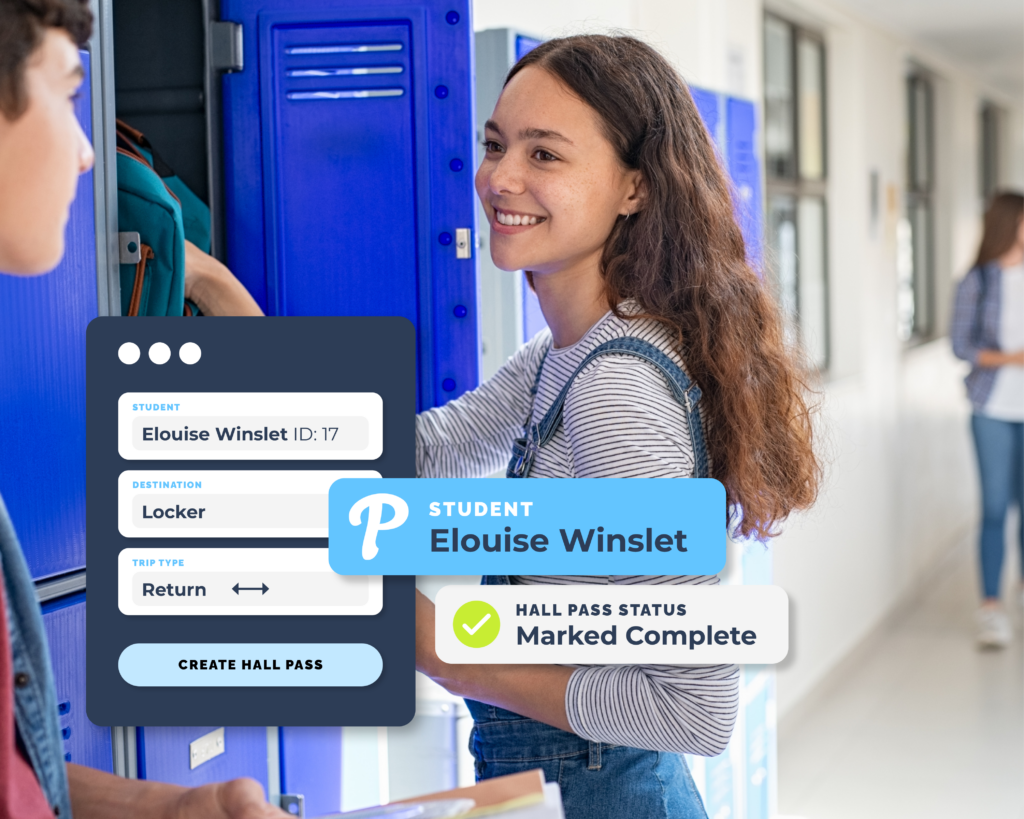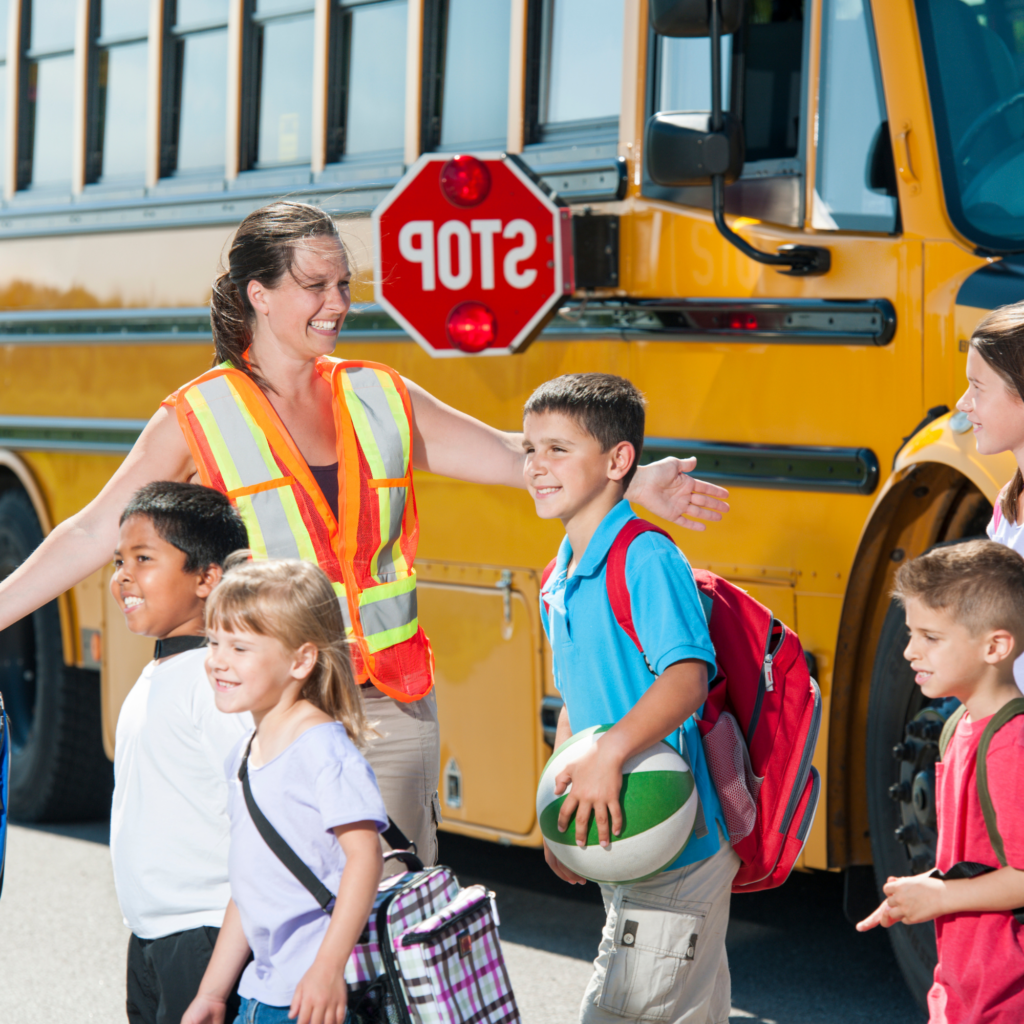Balancing school safety and student privacy can be a daunting task. On one hand, you must protect your school community from potential threats, and on the other, you must adhere to strict privacy regulations and ethical considerations.

Finding Harmony Between Safety and Privacy
In today’s educational landscape, leaders face an array of additional challenges that complicate this delicate balancing act such as:
Cybersecurity and AI Complexity: In an era where cybersecurity and AI have expanded their reach, education leaders grapple with the intricate task of distinguishing genuine communications from spoofed ones. Phishing emails and deceptive phone calls pose significant risks.
Millennial Parent Engagement: Millennial parents, who are often more tech-savvy and accustomed to app-driven solutions and social media, present a unique communication challenge. Engaging them effectively requires embracing digital channels while respecting privacy.
Unmonitored Social Media: Students’ unfettered access to social media platforms, which parents and school leaders may not have direct control over, introduces a dynamic where safety concerns can arise outside the traditional school environment.
Staff Information Access: Equipping staff with the necessary tools to access real-time, relevant information for securing their classrooms is a paramount challenge. Quick and reliable communication channels are essential in emergency situations.
Regulatory Compliance: Ensuring that all digital initiatives and data management practices align with stringent privacy regulations, such as FERPA and COPPA, is a continuous challenge. Non-compliance can result in severe legal and reputational consequences.
Evolving Threat Landscape: The threat landscape is in constant flux, with new cybersecurity risks and privacy concerns emerging regularly. Staying ahead of these evolving challenges requires ongoing education and adaptability.
Prepping the Community for Emergencies: Preparing the school community for the possibility of an emergency at any time, and being able to filter through irrelevant noise while having robust response plans and mitigation strategies in place, is crucial. Effective communication and coordination during crises are paramount.

Navigate the Complexities of School Safety and Student Privacy Effectively
Many school districts have seen an influx in the number of apps and websites that teachers use with students in classrooms. It’s a demanding task, but one that educational leaders must undertake to create a secure, nurturing, and privacy-respecting learning environment. The following are ways to help leaders to navigate the complexities of school safety and student privacy effectively in non-classroom technologies.
Elevated Security through Technology
Consider solutions that safeguard student data by concealing their student IDs linked to educational records, restricted access controls, and that integrate advanced security elements such as geofencing, image-based verification, and app-based check-ins to enhance school safety. These features not only verify authorized individuals but also add an additional layer of security.
Data Privacy Compliance
Select technology solutions specifically designed to adhere to privacy regulations such as FERPA and COPPA. This guarantees the secure handling of sensitive student data, with access restricted to authorized personnel, thereby assisting schools in maintaining compliance. Look for programs that collaborate with volunteer organizations to safeguard student privacy, including initiatives like the Student Privacy Pledge, Edlaw, and SOPIPA compliance.
Empowering Staff with Enhanced Safety and Privacy Tools
Emphasize tools that help staff efficiently manage daily attendance, discreetly monitor crucial areas like bathrooms or nurse visits, and activate emergency calls. By embracing these advanced solutions, we remove the need for paper trails containing sensitive FERPA and HIPAA information within the school premises. These essential safety tools not only prioritize student privacy but also provide actionable insights while keeping classroom disruptions to a minimum.
Effective Parent Engagement
Prioritize a platform that cultivates community involvement by engaging parents in safety procedures. Choose a communication platform tailored to tech-savvy millennial parents. It should provide real-time notifications and updates via a mobile app, simplifying parents’ access to information about school events, daily routines, and emergency drills/alerts.
Efficient Filtering and Response
Using a communication system that can filter through irrelevant noise during emergencies is very critical. It ensures that only pertinent information reaches parents and staff reduces panic and helps maintain order during crises
Student Safety Beyond Classroom
It is necessary to find technology that extends its functionality to monitor student safety beyond the school premises. For example, it can account for students during field trips or after school programs, providing an additional layer of security.
Ensure Effective Emergency Preparedness Without Compromising Student Privacy
Schools require technology that serves daily functions and aids in emergency preparedness. Identify systems that enable swift communication with parents during crises, guaranteeing the prompt and secure distribution of information via pre-screened email addresses and phones to maintain data privacy and accuracy.
Anonymous Reporting Channels
Create anonymous reporting channels for students and staff to report safety concerns. Reiterate the fact that the tool is completely anonymous and put in place so they feel comfortable reporting concerns at any time. This promotes a culture of safety while respecting privacy.
Privacy Education
Educate your school community about the importance of privacy. Help them understand how their data is used and protected, their privacy rights, how they can take action to protect their privacy and the relevant laws and regulations.
Transparency
Be transparent and inform parents and students about the security practices and policies that are in place and being used. If there are any breaches or causes for concern, immediately inform the community of what steps will be taken to rectify the situation and what they can expect going forward.
Regular Audits
Conduct regular security audits to identify and rectify vulnerabilities in both digital and physical security systems. Make any updates or changes that are needed to enhance the security as soon as they are identified.

Commitment to Safety and Privacy
Balancing school safety and student privacy is a multifaceted challenge that requires vigilance and a thorough understanding of relevant laws and ethical considerations. As leader in education, your commitment to achieving this balance is instrumental in creating a secure and respectful educational environment where students can thrive while their privacy remains safeguarded.


